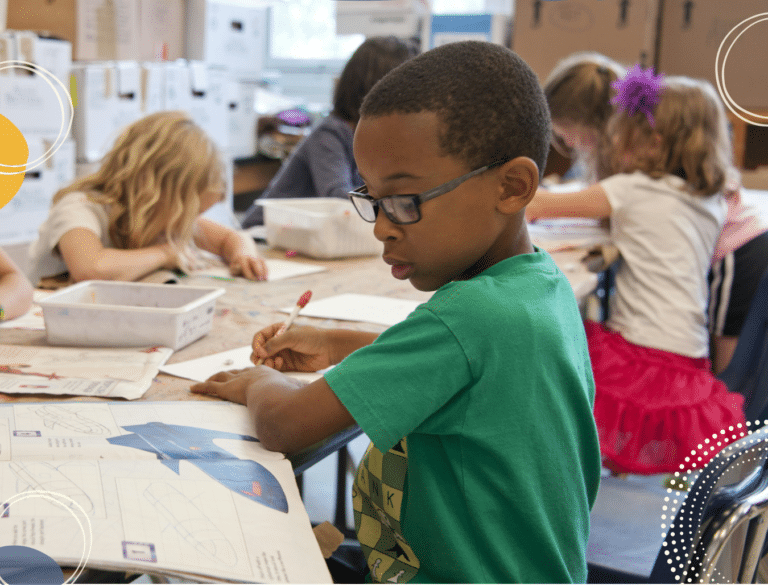Teaching children problem-solving skills
Grown-ups are really good at solving problems: we get a lot of practice! Just getting children out of the house in the morning – on time and with all the right equipment – is an epic feat of problem-solving ingenuity. I solved more problems before breakfast than I can count (many of them created by late night cereal-munching teenagers…).
Often, parents solve problems so
- We define the problem
- We come up with different solutions
- We evaluate those options
- We decide on the best solution
- We do it
- We look back and decide whether or not we chose the right solution (and adjust for next time if necessary)
Usually, especially with mundane stuff, parents whizz through this process so fast we don’t realise we’re doing it. And we use that last ‘review’ step to help point us in the right direction for quick-fire shortcuts for future problems.
Children, on the other hand, don’t have that bank of previous problem-solving experience to draw upon. From the parental perspective, children can be frustratingly slow and come up with ridiculous solutions that we know won’t work. And, in the hectic maelstrom of modern parenting where time is a precious commodity, the temptation is to jump in and give our children the ‘right’ solution rather than waste time while they meander through their own problem-solving process.
But if we don’t take the time to teach children how to solve problems for themselves, we are doing them a huge disservice (as well as creating a rod for our own backs). Problem-solving is an essential life skill that fosters practical competence, improves academic performance, boosts self-esteem and self-confidence and oils the wheels of social relationships. Taking a bit of time to coach your children in problem-solving is well worth the effort, so here’s a few pointers on how to do it:
Involve them in family problem-solving
Children learn to solve problems by being involved in problem-solving. There will always be some family issues we need to shield them from but there are loads of problems we can engage them in. Nice stuff (like day’s out, holiday planning, birthday presents), minor stuff (like whether to go to the park first or the supermarket), and gritty stuff (like how to make the mornings less stressful or developing a homework routine). Clashes between different family members’ schedules make great practice problems (“You and your sister both have to be in different places at five o’clock on Monday. How are we going to make that happen?“). Yes, we all know it would be quicker just to do it ourselves… but it’s an investment in their resilience, competence and independence that will pay dividends in the future.
Use coaching questions
Don’t jump in with your own advice, suggestions or solutions. Ask questions instead. Don’t say: “I think you should do this” or “If I were you I would do that.” Do say: “What do you think you should do?” or “Have you got an idea that might help?”
If your child is finding it hard to come up with ideas then ask if/how you can help (“Is there anything I can do to help you to think of a solution?“). Perhaps you could take it in turns: they say an idea then you say an idea until they get the hang of it. Throw in some sillier options so they start to see the difference between good ideas and less helpful ones. Don’t let them manoeuvre you into solving the problem for them.
When it comes to evaluating the options, go through them one by one and use questions to help them to think of the pros and cons of each solution (“What do you think about that idea?” or “Are there any disadvantages to that idea?“). Prompt them to make a decision based on their evaluation: “So now you’ve thought about the different options, which one are you going to choose?”
Let them make mistakes
Children will never learn the value of that final ‘review’ step unless they sometimes get it wrong and have to look back at their solution and readjust it. Often, children will come up with a solution that you know isn’t the best one but – as long as it isn’t going to cause lasting damage – remember to step back and let them do it. Perhaps you could set a trial period (“How about you give that a go for a week and we’ll see if it works?“) or prompt them to set some success criteria to help with the review (“How will you know if that’s the best solution?“). Getting it wrong and having to go through the thought process again will help children build up that bank of experience that transforms them into competent problem-solvers.
And, occasionally, despite your undoubted parental problem-solving prowess, the solution your child chooses will work… and then we all learn something!
Found this helpful? Subscribe to our monthly newsletters for more tips.







These tips are brilliant thank you. I feel I can DO something different as what I’ve been doing only involves me trying to do what I think is best but in fact I’m not passing on my skills to help them. What an idiot I’ve been!
I’m going to try them.
You are so not an idiot! We all have blind spots in our parenting and we all fall into holes. It’s not about getting it all right, it’s just about trying to learn when things aren’t working and looking for new ideas – which is exactly what you have done!